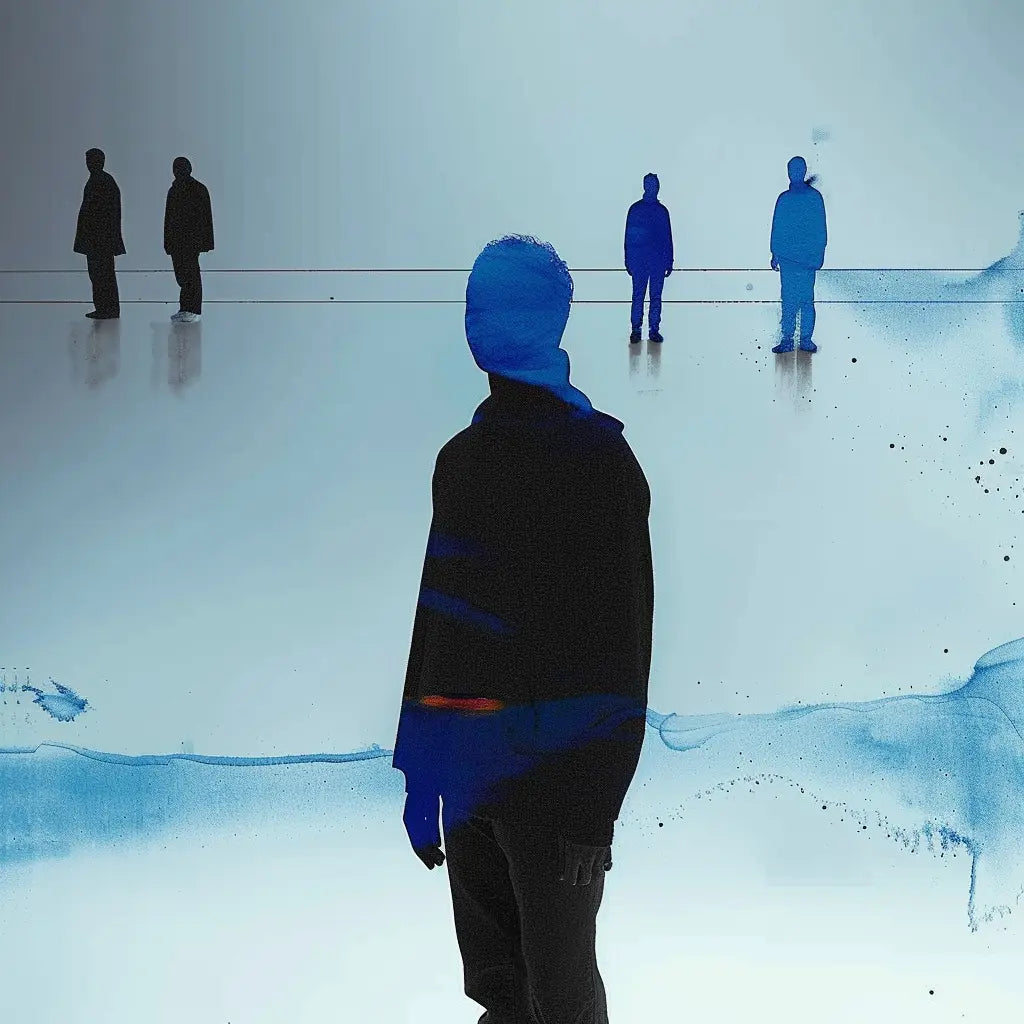What is Graphic Design?
Graphic design is the art and practice of visual communication, a field where images, text and concepts converge to convey messages to an audience. This multidisciplinary field covers various mediums, each with its own principles and objectives. But what exactly does graphic design entail, and why is it so crucial in today's visually-centric world?
In the digital age, dominated by visual stimuli, graphic design stands out as a crucial tool for businesses and individuals wishing to express ideas, forge brand identities and interact effectively with their audiences. Graphic design is not just about beautifying; it's about communication, strategy and psychology. This article explores the nuances of graphic design, examining its history, elements, principles, and impact across various industries.
What is Graphic Design?
At its core, graphic design uses aesthetic principles to visually organize and present information. It is both an academic subject and a professional practice that can manifest itself in the form of a product, service or strategy. Graphic design transcends the creation of logos and posters; it’s a comprehensive approach to visual communication that encompasses digital and physical media, from website layouts and mobile apps to printed materials and beyond.
Why is Graphic Design Important?
Graphic design is essential for several reasons:
-
Communication : It helps to communicate a message more effectively. Good design can make complex information easier to understand and more accessible to different audiences.
-
Brand Identity : It is essential to create and maintain the visual identity of a brand. A consistent and compelling design helps build recognition and trust among consumers.
-
Professionalism : High-quality design indicates professionalism and credibility, which can significantly influence client decisions.
-
Engagement : Well-designed visuals are more engaging and can significantly increase viewer interaction with the content.
Real Examples of Graphic Design
-
Logo Design : Logos are symbols made up of text and images that help us identify the brands we like. A well-designed logo is memorable, differentiates itself from the competition and is aligned with the brand's core values.
-
Website Design : Websites are often the first point of contact between a brand and potential customers. Good site design can improve the usability, user experience and aesthetic quality of the site, contributing to better customer perception and higher conversion rates.
-
Advertising Design : Advertisements, whether online or in print, rely heavily on graphic design to attract attention and persuade viewers to take action. Effective advertising design promotes brand recall and increased sales.
Tips and Reminders for Graphic Design
-
Simplicity : The best designs are often the simplest. Cluttering a space can distract from the intended message.
-
Consistency : Consistency in design across all marketing materials helps build brand recognition and improves overall brand image.
-
Understand the audience : The design should be tailored to appeal to the target audience, taking into account their preferences, cultural nuances and accessibility needs.
Graphic design is a dynamic field that fuses creativity and functionality to create compelling, informative and engaging visual communications. As we continue to evolve into a visually-driven society, the role of graphic design is set to become even more prominent, influencing everything from user experience to corporate branding.
The 10 Graphic Design Trends in 2024
The sphere of graphic design is constantly evolving, driven by technological innovations and changes in cultural and social behavior. In 2024, several emerging trends are redefining this field, offering creators new ways to communicate visually. Let's discover together these trends that will mark the year.
1. Artificial Intelligence (AI)
The integration of AI into graphic design is radically transforming creative processes, from image editing to logo creation and web design. AI saves considerable time and enables the rapid emergence of new ideas while raising ethical questions about the impact of technology on human creativity.
2. Typographies in Motion
Dynamic typography is gaining momentum, with fonts that adapt and move to capture attention and reinforce brand identity. The interaction between movement and text enriches the user experience and reinforces the brand message in an innovative and captivating way.
3. The Return of 3D
3D graphics are experiencing a revival, facilitated by increasingly accessible tools that are making this technique popular. 3D is used to add an extra dimension to visuals, enriching user interaction and immersion.
4. Augmented Reality (AR)
AR transforms graphic design by allowing creations to come to life in a real-world environment. This technology increases the interactivity of designs, providing users with an immersive and engaging experience.
5. Generative Art
Generative art uses algorithms to create works that evolve based on interactions, providing unique and constantly changing visuals. This trend illustrates the fusion between artistic creativity and technological innovation.
6. Anti-design
This trend breaks conventions by adopting deliberately disharmonious or "ugly" design elements. She pushes traditional boundaries to explore new expressive and ironic paths, often in reaction to aesthetic standardization.
7. Abstract Geometry
Abstract geometric shapes are gaining popularity, used to express complex ideas through a simplified and impactful visual language. These designs harness harmony and chaos to evoke deep emotions in the viewer.
8. Brand Illustrations
Brands are increasingly favoring personalized illustrations to strengthen their visual identity. These illustrations, often colorful and distinctive, allow you to communicate directly with the audience in a more intimate and memorable way.
9. Predominant Photography
Photography remains a central element of graphic design, with a movement towards the use of original and expressive photos that tell stories and convey emotions, enhancing the impact of the visual message.
10. Maximalism
Maximalism emerges as a response to minimalism, with designs rich in color, texture, and pattern. This bold style is characterized by abundance and exuberance, seeking to capture attention through visual overload.



Share: